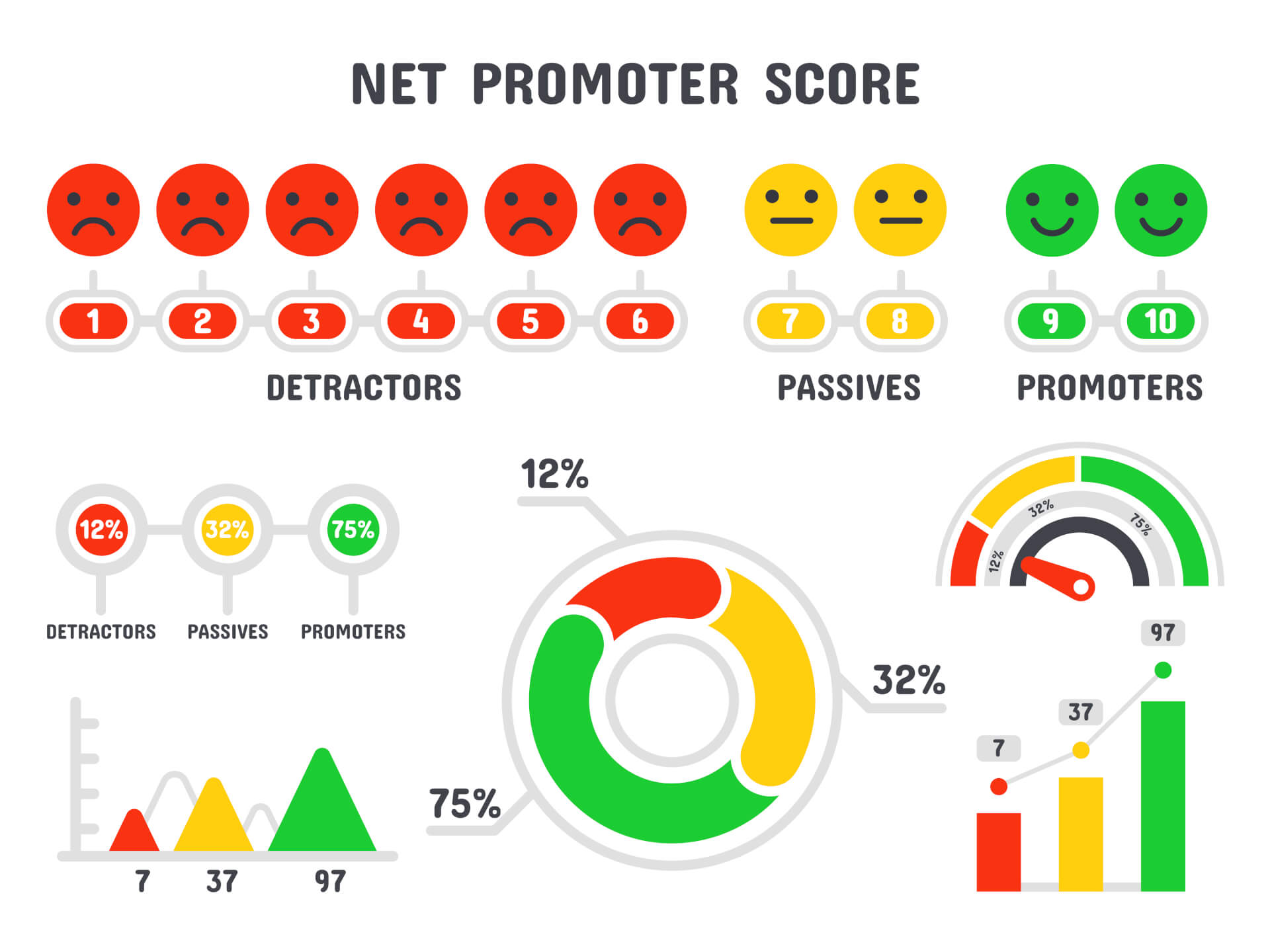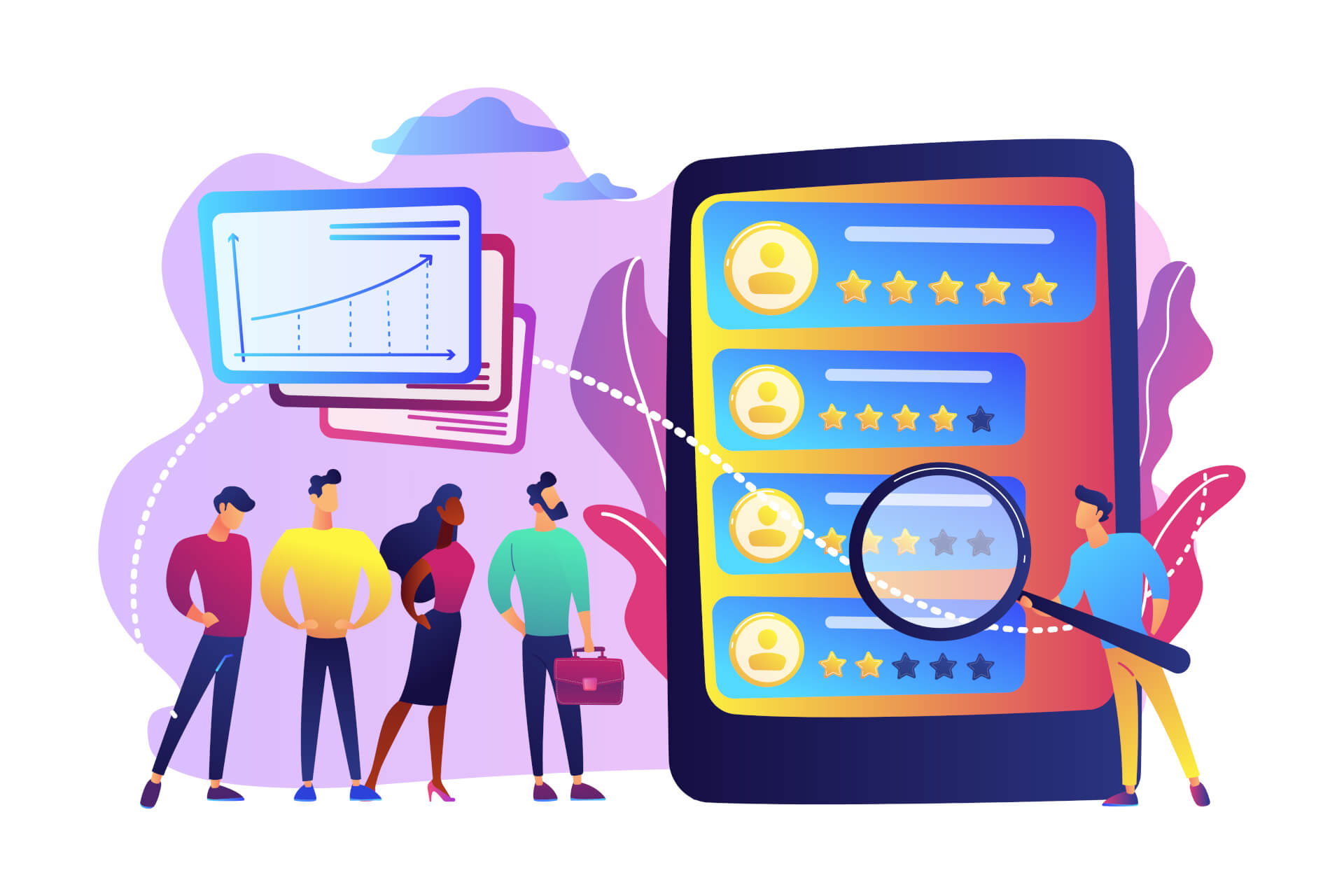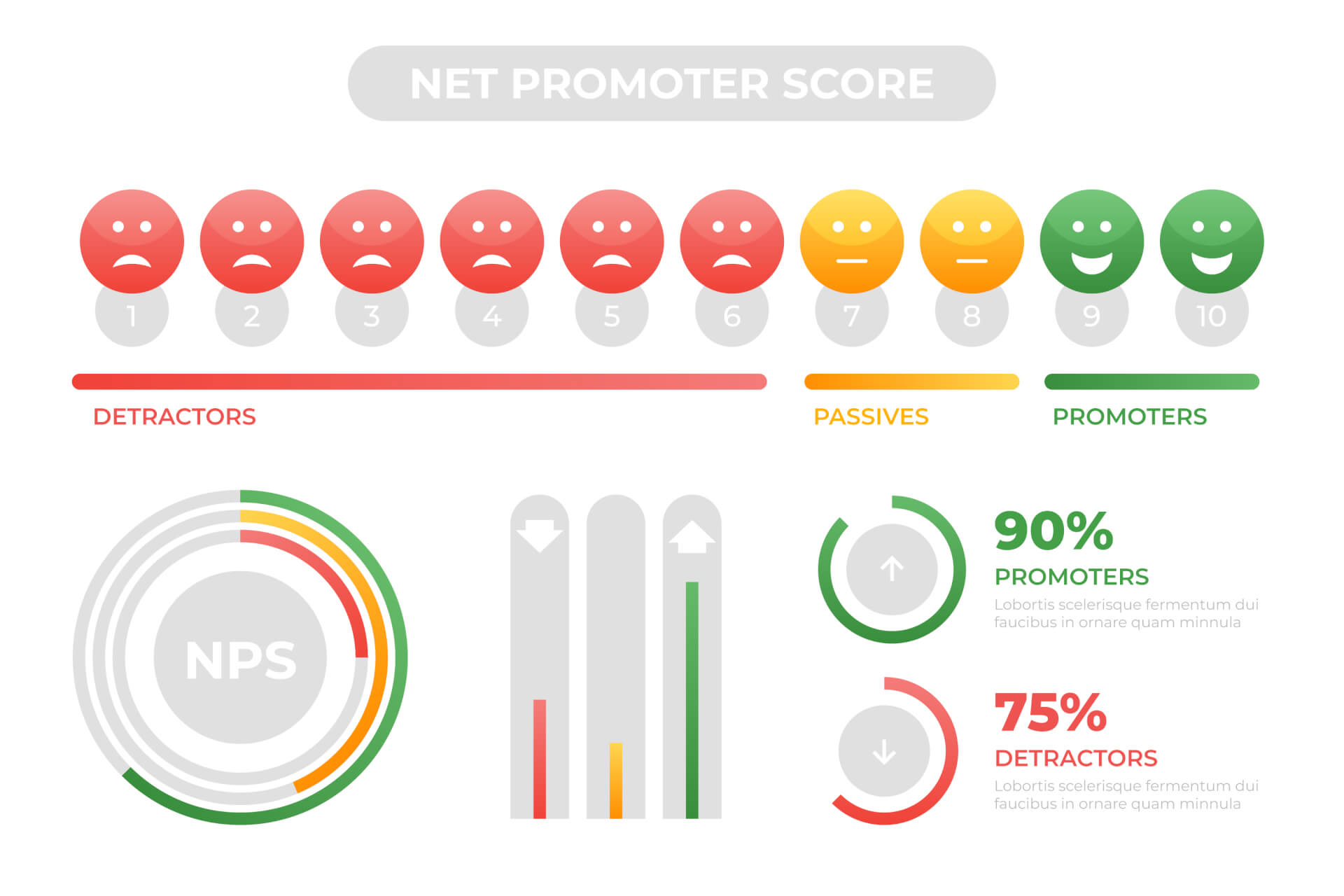 In recent years, the Net Promoter Score has proven to be a key metric for customer satisfaction.
In recent years, the Net Promoter Score has proven to be a key metric for customer satisfaction.
Tracking customer satisfaction trends using the Net Promoter Score is an important step in creating a customer success culture.
Table of Contents
Net Promoter Score´s volatility and frustration
 However, if you just focus on keeping track of the score, you are not just wasting time and effort. The score itself is very volatile, and the instability it creates is the number one cause of frustration within your customer success team.
However, if you just focus on keeping track of the score, you are not just wasting time and effort. The score itself is very volatile, and the instability it creates is the number one cause of frustration within your customer success team.
Explaining to management that increasing or decreasing the NPS score, which at first glance appears significant, is not a problem is one of the less enjoyable tasks.
Because this leads to potentially windy discussions and in the worst case scenario can undermine the credibility and overall commitment of the customer success team.
The Science Behind Net Promoter Score Volatility
 While the Net Promoter Score is a metric used to quantify customer satisfaction, there is no absolute number of customers that you should ask during your customer satisfaction survey to get a statistically significant NPS.
While the Net Promoter Score is a metric used to quantify customer satisfaction, there is no absolute number of customers that you should ask during your customer satisfaction survey to get a statistically significant NPS.
This number depends on several factors and varies from company to company. For some B2B companies, getting 50 NPS survey responses may be important, while some B2C companies may need at least a few thousand responses just to consider the results statistically reasonable.
If you only have 50 customers, getting 50 responses would mean 100%, as opposed to the sample that a company would get 500 customers for the same number of surveys.
At the same time, receiving 50 responses from 1,000 customers would only mean 5%, so the number of surveys sent cannot be generalized.
There are several factors to consider for a statistically significant Net Promoter survey:
- Population size
- Response rate
- Error rate
- Confidence level
- Standard deviation.
For an example, let's look at an average to above-average company whose customer base breaks down as follows: 50% promoters, 30% passives and 20% detractors, with a customer base of 5,000 and a response rate of 20%, so that the number of respondents n = 1,000. The NPS score would be 30 (50% - 20%).
The margin of error for this score is +/- 2.5, which means that if we repeated this survey 100 times, we would expect a varying NPS rank between 25 and 35 in about 95% of the cases.
To double the accuracy of this NPS campaign, we would actually need a base size of over 3.8 times as many respondents!
In a typical scenario with a response rate of 14%, we would need 27 times as many customers (3.8 / 0.14 = 27).
This is consistent with the statistical rule that if we want to cut accuracy, or error rate, in half, we must quadruple our sample size!
Pick the right segment and respond to the feedback
 Also, for business impact, it's important to consider the quality of the sample, not just the numbers. This covers which customer segment you are surveying, how long they have been your customers, how busy they are with your product and service, etc.
Also, for business impact, it's important to consider the quality of the sample, not just the numbers. This covers which customer segment you are surveying, how long they have been your customers, how busy they are with your product and service, etc.
Closing the customer feedback loop and addressing the issues reported by customers has a bigger impact on an organization than a statistically significant NPS survey result.
As soon as you get feedback, classify it by priority and start addressing the reported issues.
For this reason, it is recommended that you start conducting Net Promoter Score surveys already with just a few customers. In this way, customer satisfaction is placed at the core of your company as an important part of the customer success culture.
 Reading recommendation: If this article helped you and you would like to find out more about the Net Promoter Score, continue reading here: “The Net Promoter Score – Basics and Areas of Application”
Reading recommendation: If this article helped you and you would like to find out more about the Net Promoter Score, continue reading here: “The Net Promoter Score – Basics and Areas of Application”